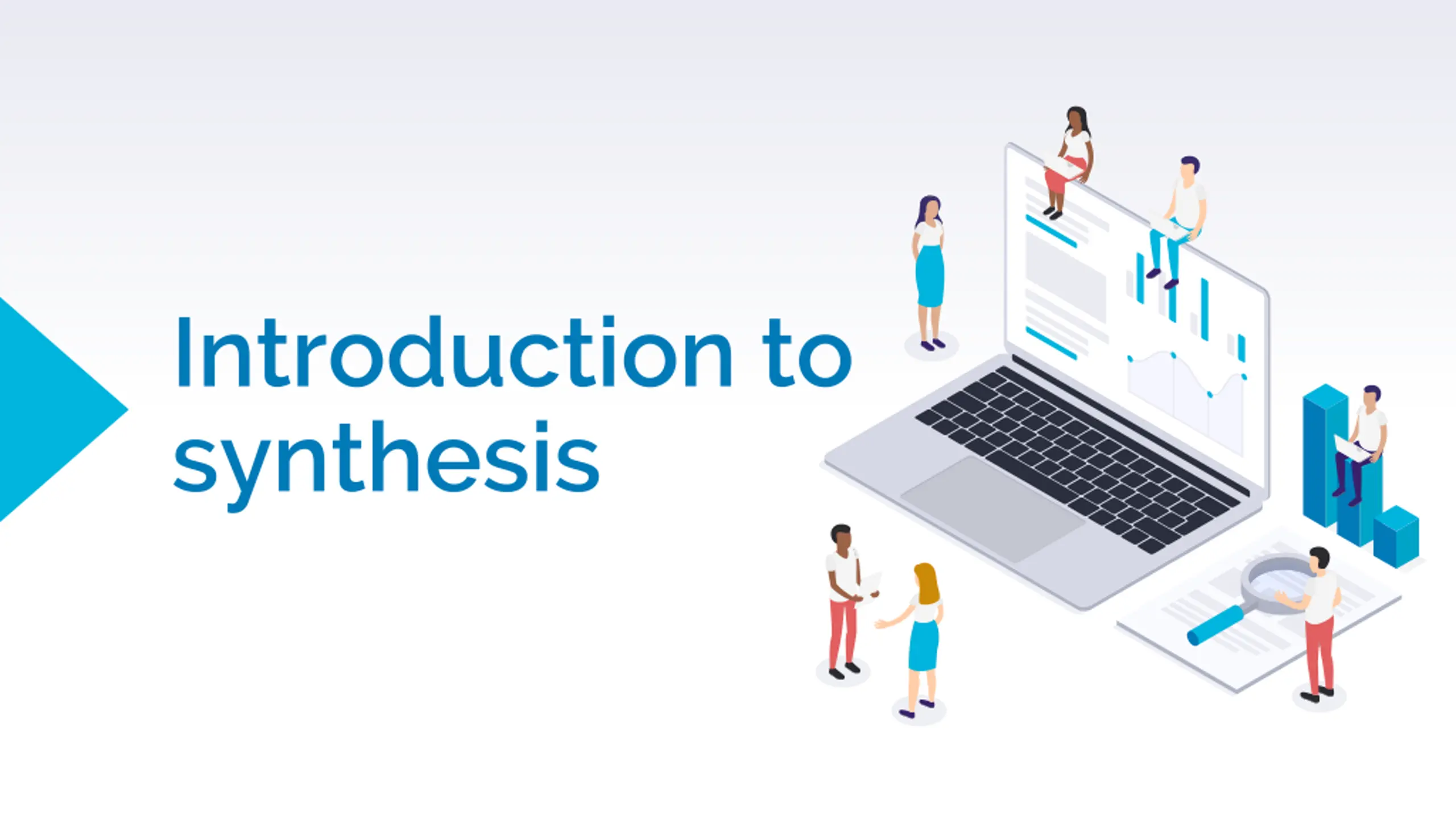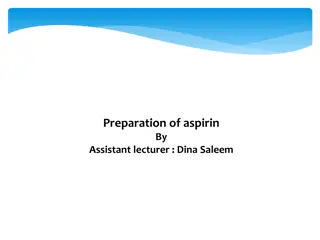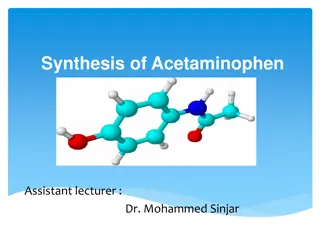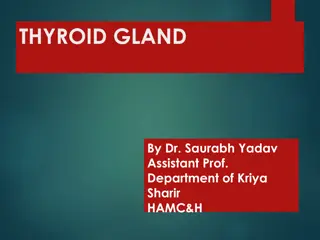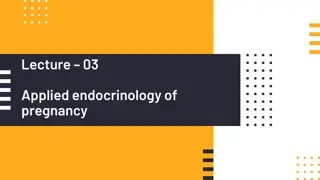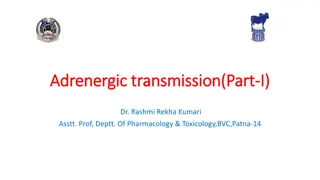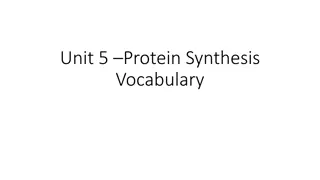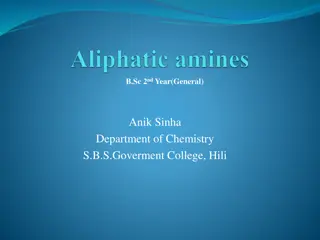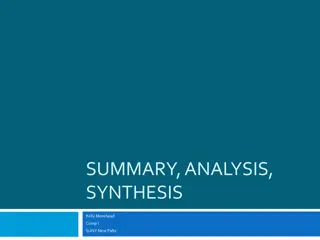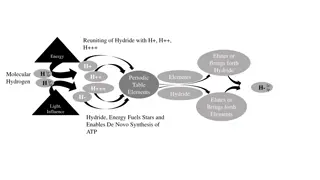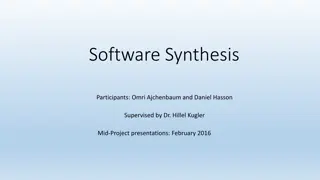Introduction to synthesis
Engage in critical thinking by analyzing visual prompts to develop positions. Identify clues to determine who, what, where, and when in the images. Strengthen argumentative skills by interpreting prompt instructions. Enhance thesis creation by understanding audience stakes.
Download Presentation

Please find below an Image/Link to download the presentation.
The content on the website is provided AS IS for your information and personal use only. It may not be sold, licensed, or shared on other websites without obtaining consent from the author.If you encounter any issues during the download, it is possible that the publisher has removed the file from their server.
You are allowed to download the files provided on this website for personal or commercial use, subject to the condition that they are used lawfully. All files are the property of their respective owners.
The content on the website is provided AS IS for your information and personal use only. It may not be sold, licensed, or shared on other websites without obtaining consent from the author.
E N D
Presentation Transcript
Introduction to synthesis
Whats going on in this image? Check out the image below and come to a conclusion. Try to explain as much as you can about the who, what, where, when just by looking at the clues. You are synthesizing information to develop a position. List your clues here: List your conclusions here: Who? What? When? Where? Click here for answer, but don t cheat. It s more fun if you don t! 2
What the Prompt Tells You It can help you understand the topic, see both sides of this issue and recognize factors/implications. Then, you can figure out how you MIGHT organize your paper BEFORE you begin the read the sources **This is imperative. You need to make sure that YOU are driving the argument. The sources are your support, NOT the other way around. You need to be sure you don t give a tour of the sources. 6
Pick a prompt, any prompt Choose one of the three prompts below to work through the rest of the slideshow. (I know you don t have the sources, I don t want you to have them, yet. I want you to develop a position first.) Move this checkmark beside your chosen prompt. (You re not going to write the essay. You re just going to prewrite for now). 7
What is the prompt? Put this in your own words. What are you supposed to develop a position regarding? Write yourself a question the prompt needs you to answer. You will answer the question in your thesis statement. Example: What is my position on what factors we should consider before engaging in space exploration? (see full prompt here) What is my position on reorganizing the post office?(see full prompt here) Question here: 8
Who are my stakeholders? Who will my audience be? Who would care about the position I m making for my prompt? Your stakeholders will help you determine the factors for your argument. You must be thinking about what would matter to your audience. Examples: For space exploration: tax payers, astronauts, scientists, the government, researchers, competing countries would all care. For post office: post office workers, other shipping companies, the American public (especially older people), the government would all care. Answer here: 9
What hints or helpful information can I find in my prompt that may help me decide on my position? (You will find this in the FIRST paragraph on your prompt.) Summarize the information; then, think of how it could help you come to a decision about your position. Example: Summary: Post office is 200 years old. It used to employ lots of people, and it grew very rapidly. But other companies have caused it to start decreasing because of competition in the last decade. So what ?: There is a history and a nostalgia and some employment involved, but it could be time to restructure in some way because it is not as necessary anymore. Your turn: Summary: So what ?: 10
At this point, what is a possible position I might take? I realize that reading the sources may give me some different ideas, but I want to go into the sources with some direction. What concrete issues might I consider? What would your stakeholders care about? Keep your audience in mind. $SEEITT $ consider economic issues such as costs, jobs, and other financial issues S represents SAFETY (health and medical issues) E stands for ETHICS (values, morals, beliefs) E symbolizes the ENVIRONMENT (natural, political, or social) I equals INTERNATIONAL IMPACT T stands for TECHNOLOGICAL ISSUES T represents TIME 11
Issue yes/no How might the issue matter? $ yes If the post office were restructured, people might lose their jobs, but it may also cost the government less money. S no E yes People have a big sense of nostalgia and the start of the post office is something that is essentially American and everyone has access to it. E yes Less trucks driving around could be good. But what would happen with all of the old buildings and all of the old trucks? I no T yes Since email and online ordering there is less need for the post office and more complications with ordering things. T yes Things like Fed/Ex and other privatized delivery services can be much more competitive than a government funded agency with regard to time. 12
Retype or paste your prompt here: Issue yes/no How might the issue matter? $ S E E I T T 13
If you had to write a thesis right now, what might it be? (I understand you don t have sources or ideas, yet but I want your argument to guide your essay, NOT the sources.) Go back to slide 8. Answer that question for your thesis. Keep your audience and issues in mind. Example: Because of the recent decline in the public s use of traditional mail services, the post office should reorganize themselves in a way to be a competitor with the private shipping companies. Your turn: 14
First, look at your sources including introductory information; don t forget your TAPAS **Thanks to Frances Bracamonte
Now, read through the whole prompt and the passages. See if you find things that would support your argument. Do you find things that would go against your argument? Try to find sources that may talk to each other You MUST use at least 3. Do this with a Ctrl F mentality. You are looking for things to use to support your argument. You are not doing a detailed analysis of the sources. Public library full prompt Honor code full prompt Monolingualism full prompt Which sources could you use? (List the letter here) How would you use it to support your argument? (Remember, you may want to include a counter argument that you will refute.) Anything about the sources you might want to challenge? Or have other sources challenge? (Consider the CRAAP test or TAPAS. This is not necessary, but may make your argument more sophisticated.) Any specific quotes you might incorporate? (You don t want more than about 5-10 words in your quote.) (optional) 16
Thesis revisited: Go back to your thesis. Are there changes now that you have read through sources? Rewrite below, or if you re happy with your original, paste it here again. My thesis: The post office needs to reorganize in order to become a competitor with other delivery companies by downsizing their number of offices, updating their technology, and rebranding as an affordable shipping company.**note**: Can you see how if I were to use this for my paper it would show my line of reasoning? Do you see the paragraphs I would have? You don t HAVE to do it that way, but you sure can... Your turn: 18
THE PROCESS OF PLANNING AND WRITING A SYNTHESIS ESSAY (55 minutes) I. UNDERSTAND THE PROMPT (5 minutes) II. GETTING INFORMATION FROM THE SOURCES (10 minutes) While reading the sources, mark (+) for things that may support your argument ( ) for things that you may use as a concession. Underline any SUPER quotes or blurbs. Your quotes should never be more than about five words long, but it something is said well, USE IT. Approach with the Ctrl F mentality. III. Planning your Essay (8 minutes) 1. Revise your thesis statement. Can you think of an anecdote to lead into it? 2. Briefly outline your support paragraphs--remember to begin with a topic sentence reflecting your position. In a synthesis essay, you should always consider opposing views *Where will you include each source? *What additional evidence could you include? 3. Remember that your ability to show a conversation between the sources is evidence of more complex thinking. *Where could you include two sources that both support a particular position *Where could you evaluate two or more sources that address the same issue? *How could you contrast two sources that show differing views? IV. WRITE YOUR ESSAY/PROOFREAD (32 minutes) 1. Introduce issue in an interesting way. 2. Follow your planned outline. 3. Use language of concession/transitional devices. 4. Provide a frame for your quotes from different sources 5. Include original commentary, insights 6. Write a strong conclusion (however brief) 19
Take a look at the high scoring essay for the prompt you chose, and fill out the reflection: Honor code Monolingualism Public libraries What did you notice that made the essay good? In what ways was it similar to what you may have planned? In what ways was it different? What did you learn by your exploration? 20
So thats it in a nutshell. Thats how you do the essay. The next assignment is to try a fun one before we dive into the real thing When you need writing reminders, see your digital notebook. Need more help? Try these videos: Coach Hall Writes has a fantastic channel with videos. Matthew Singleton has a GREAT YouTube channel with lots of help. These are a little dated and based on the 9 point rubric, but the essays were the same. And Timm Freitas. All things Garden of English are super helpful.
Slide deck created by Tamara Scholtz, East View High School, Georgetown, Texas (derived from 10 years of AP Lang resources begged and borrowed - hopefully not stolen - from the amazing AP Lang community). scholtzt@georgetownisd.org
